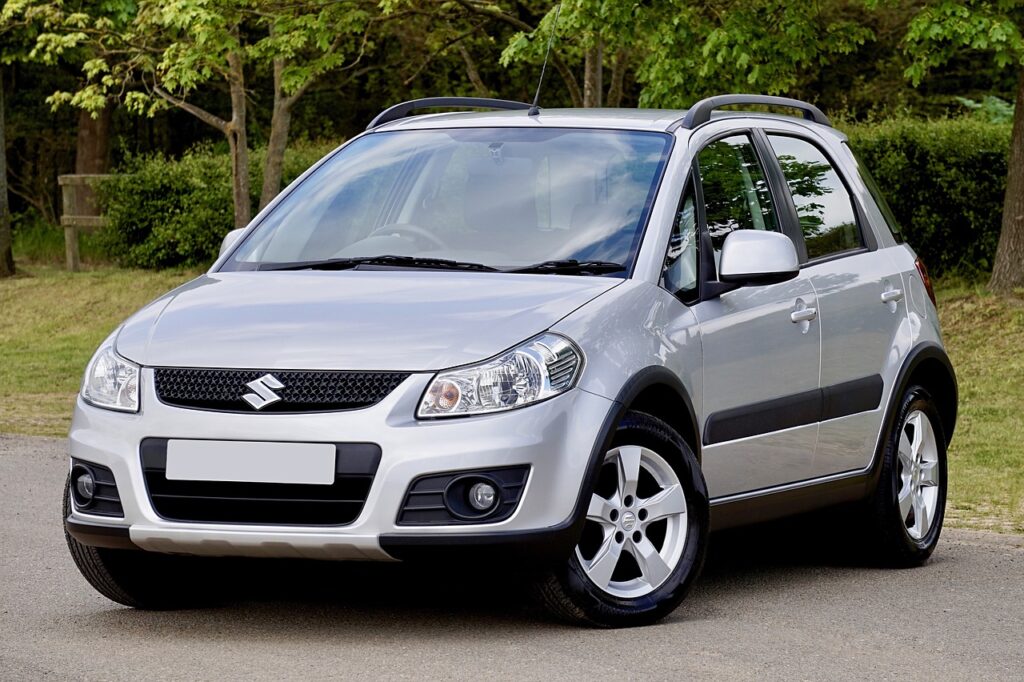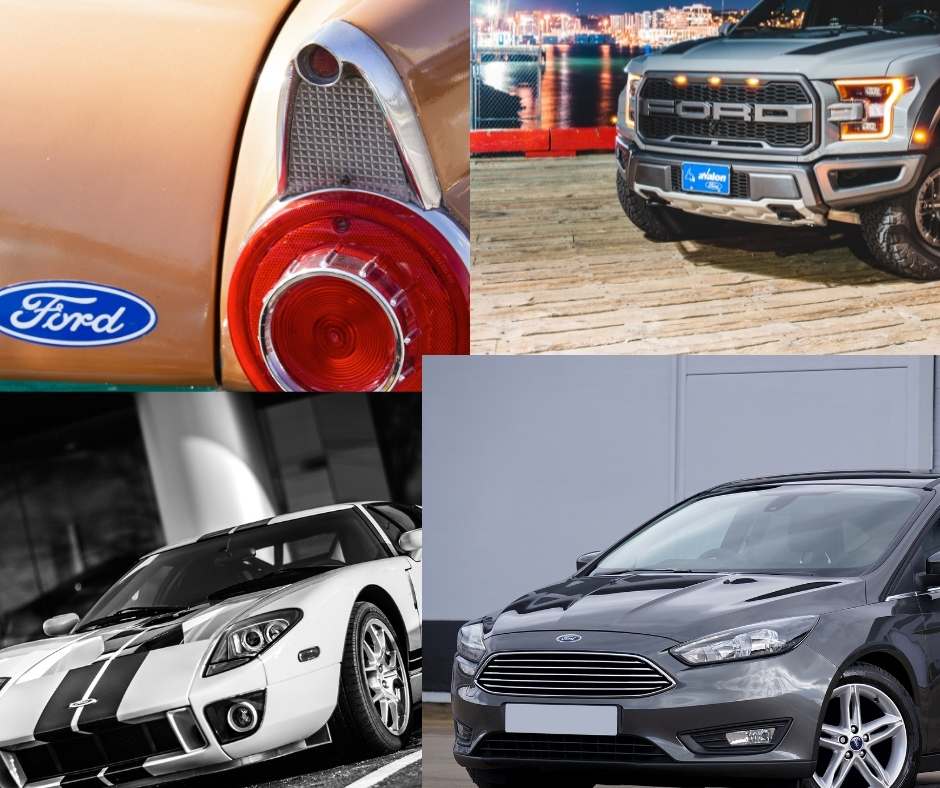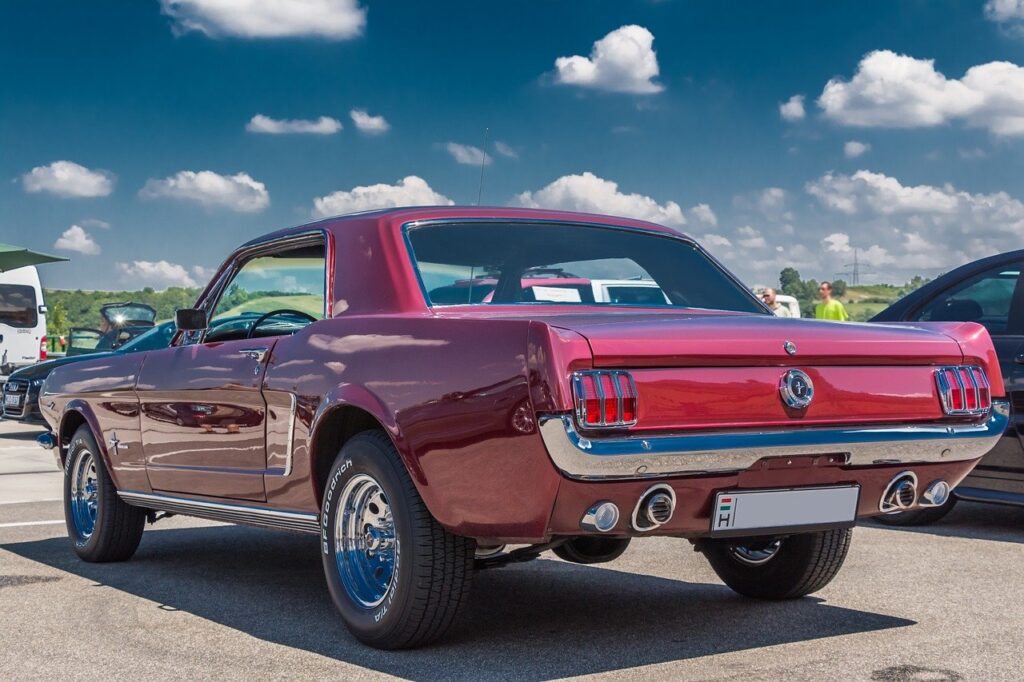In the early 1970s, the concept of a “people’s car” was proposed. Following that, Prime Minister Indira Gandhi’s Cabinet advocated the development of a fuel-efficient, indigenous car that could be afforded by middle-class Indians. Sanjay Gandhi was assigned the project and was given the contract as well as the sole production licence. Sanjay Gandhi became the first managing director of Maruti Ltd, which was founded in June 1971.
Sanjay had approached Volkswagen AG about collaborating and co-producing an Indian replica of the first people’s automobile, the Beetle. However, the idea did not work out. In the early 1980s, the government revived the Maruti project and began looking for a willing foreign partner. Suzuki Motor Corporation of Japan was eventually picked.
Maruti had 883 workers when it started up. The factory was established in Gurgaon, and the Maruti 800 was introduced in December 1983, followed by the Omni, India’s first minivan. The first 800 was powered by a three-cylinder 800cc engine. Harpal Singh, an Indian Airlines employee, buys the first M 800 automobile.
The final Maruti was released in January 2014. The last of the bestselling cars that revolutionised road mobility for millions of Indians, a firebrick red Maruti 800 rolled off the Gurgaon assembly line of Maruti Suzuki.

India’s car statistics
India’s automobile sector is one of the world’s largest, and it is expanding every year. The process of buying a car has become more efficient and convenient, due to the easy access to car loans, increase in salary, more disposable income, and easy access to information.
With 3.49 million units sold in the passenger and commercial vehicle categories combined in 2020, India was the fifth-largest auto market. In 2019, it was the seventh-largest commercial vehicle manufacturer. Two-wheelers and passenger automobiles accounted for 81.2 percent and 14.6 percent of the Indian automobile market, respectively. Small and midsized automobiles account for the majority of passenger car sales.
Factors influencing car purchases in India
India is a totally different market than the United States, where size and engine power are the most important factors. Fuel efficiency, cheap cost of ownership, and resale value are important to Indian consumers.
Price And Brand
Before deciding on a brand, they consider its market reputation, reliability, build quality, technical developments, ownership concerns, and other factors.
The first step for any potential automobile buyer is to set a budget. Buyers consider the showroom’s different incentives, such as cash discounts, exchange bonuses, free extended warranties, lower insurance premiums, and so on.
Performance And Fuel Economy
India’s largest automobile manufacturer promotes itself as a manufacturer of the most fuel-efficient vehicles. Our focus on mileage may not shift, but customers are increasingly preferring a combination of performance and efficiency.
SPACE
If the boot is large enough to handle large baggage and suitcases, that is a plus. The Renault Kwid, Maruti Suzuki Baleno, and Hyundai i20 are among the most spacious cars in their class as well as the most popular in India.
Ground Clearance
Our roads are riddled with potholes and badly designed undulations, and illegal and high-speed breakers will rip your car’s underbelly and exhaust system. The Honda Civic’s low ground clearance, which limited it to well-paved city roads, was one of the main reasons why customers avoided it. Because of their high ground clearance, buyers prefer crossovers and compact SUVs to luxury hatchbacks and sedans.

After-Sales Service
Some of automobiles require a lot of upkeep. If one of the parts fails and the cost of repair is prohibitively expensive, the consumer will be hesitant to pursue those vehicles. If you can get a secondhand BMW car for less than Rs 10 lakh. But, a regular service costs you between Rs 80,000 and Rs 100,000. It will not be popular.
The availability of spare components is also explored. There have been numerous instances where an automobile has been stuck at a workshop for days due to a lack of spare parts.
INDIAN CONSUMERS: HOW DO THEY BUY A CAR?
According to a Google Kantar TNS analysis, about 90% of car purchase decisions in India are made online. The study followed consumers’ automobile shopping and buying journeys and discovered that video, search, and brand/dealer websites are the most important digital touchpoints in influencing a car buyer’s decision.
Before visiting the showroom, three out of five customers stated they had made up their minds on the model, brand, and gasoline type. When it came time to make their final purchase, however, a significant number of customers changed their minds.
What went wrong for Ford in India?
Ford, the world’s fifth-largest carmaker, was one of the country’s first big international auto brands.
In FY2000, Ford sold 8,000 PVs in India, and by FY2021, it had sold 48,000. Over the last ten years, the brand claims to have lost more than $2 billion in operating losses. It plans to sell just imported vehicles in India as part of a reorganisation attempt.

Lack of Varieties in Models
To be competitive, Ford had to either bring down the price of its automobiles or keep releasing new, feature-packed vehicles. While rival automakers continued to create new models, Ford focused on Ikon for a long time. It ultimately added a few models, but it was too late, and the carmaker was already losing ground in the competition.
No India-Centric Cars
For a long time, compact cars have ruled the Indian market. Ford focused on engine power and performance while the country was concerned with car mileage.
Bad First Impression
The Ford Escort was the company’s first car in India. The Escort had an old 1.3 petrol engine, without power steering (though the diesel did), and no rear passenger power windows. It was rejected by Indian consumers. It made a negative initial impression on customers, which it was never able to overcome.
Expensive to maintain
Maintenance shock was widespread, giving Ford a reputation for high maintenance costs. This reduced sales, which in turn affected resale value Ford got a reputation for being high-maintenance vehicles. Ford took more than a decade to handle the problem of the cost of ownership by delivering lower-priced spares and servicing.
Ford’s automobile platforms were not totally customised for the Indian market. For some of the Ford India’s car models, the driver had to open the left side door to release the boot.
Overcapacity
Ford India invested $1 billion to build a plant in Sanand, Gujarat, despite having a large capacity at its Chennai plant. Investing in a new plant at a high cost without increasing the Chennai plant capacity by 30% was a bad choice. A business can lose money not simply because of a lack of sales, but also because of its investment decisions.
Lack of Aggression
Ford’s easygoing attitude and lack of aggression were evident from the start, while the firm was constructing the Maraimalainagar factory. Hyundai was constructing its first plant not far away in Sriperumbudur at the same time, but it finished a year before Ford. According to legend, while Ford officials went golfing on weekends, the Koreans worked nonstop to finish the factory in record time. This reflected Ford’s laid-back approach, which allowed aggressive competitors to surge ahead.
What went wrong for General Motors in India?
GM, another American business, was in a similar situation to Ford India. Clearly, they, like Ford, failed to understand the market.
- The lack of a long-term plan was due to frequent changes in the corporate structure. At the top of the Indian business, there was a constant churn. GM had nine CEOs in over 21 years, with an average term of 2.5 years; Maruti is on its fifth CEO in 35 years. Although it takes roughly three years for a committed executive to become fluent in India, GM’s average CEO only lasted for about two and half years.
- Starting in 1994 as a 50:50 joint venture with Hindustan Motors, GM bought out HM’s stake in 1999 and became solo. Due to the worldwide economic crisis in 2009, the Detroit behemoth formed a 50:50 joint venture with SAIC, its Chinese partner. With so much going on overseas, it’s little surprise that GM didn’t have a clear India strategy.
- A distinct, India-specific strategy and product-market fit strategy should have been developed by an American organisation. Dropping products made for other markets into India is ineffective in the long run. It has happened with both General Motors as well as Ford. Hyundai’s success in India is due to the development of low-cost subcompact automobiles that are adapted for the Indian middle class.
- Under the Opel brand, they sold cars like the Astra and Corsa. They were selling in decent numbers initially but when people started facing maintenance issues and newer cars from competition came out, sales of Opel fell. And GM had to withdraw Opel from the Indian market.
- Lack of Dealer Network: Suzuki has more than 1200 dealers in the country while GM had around 400 dealers at the beginning. But the failure of the cars led to a decline in their number.
- Due to its expensive servicing and lack of spare parts, GM had a bad reputation in the market.
- Both Maruti and Hyundai provide a wide range of vehicles. And both companies update their portfolios at an astonishing rate, so you never feel like any of their products are out of date. The most significant shortcoming of General Motors was an outdated portfolio that was not truly global, unlike those of their competitors.
India is a price-sensitive market where the customer’s primary priority is value for money. You must tailor an automobile to meet the needs of the Indian market and persuade the consumer that it is affordable. That is why Kia, Hyundai, and Maruti are so successful. The global models were mainly retained by Ford, but Indian customers did not see them as desirable.





